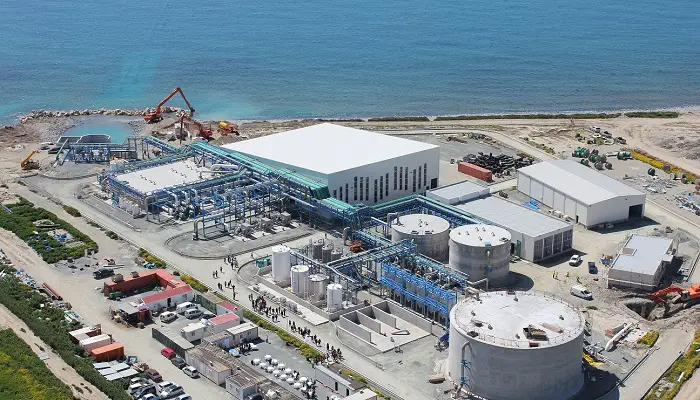Cape Town’s Granger Bay, Hout Bay and Dido Bay will have three proposed new desalination plants. The City intends to commission these to make extra drinking water for its residents and visitors. This is according to tender documents issued last week.
Cape Town Mayor Patricia De Lille announced that the city plans to produce an extra 500 Ml of water. A mix of desalination plants, ground water extraction, and water reuse will form sources for the water needed.
Water restrictions
Despite the City being under at Level 4b water restrictions, De Lille said that there still remains a long way to go. This is as far as ensuring taps do not run dry. So far, the restrictions reduced water usage from 1 000 Ml a day to 610 Ml a day over the past year. However, further restrictions to Level 5 might have to be introduced in the future.
The Oceana Yacht Club’s harbor near the Green Point stadium will house the proposed Granger Bay sea water extraction site. The site should help produce 8 Ml of potable water over the next two years. Intake pumps, a generator and a pipeline will act as a conduit. These will run along Beach Road past the golf course to the desalination plant.
Also read:South Africa launches first desalination wastewater plant
The proposed extraction plant for picturesque Hout Bay will be situated near the crayfish factory in the harbor. That desalination plant will produce 4 Ml with a proposed location within the harbor complex..
A beach in Dido Valley, False Bay between Gleincairn and Simonstown will form the location of a third proposed seawater extraction point. The proposed 2 Ml/d desalination plant, pump station and generators will be located within the naval grounds off Main road, 2 km north of Simon’s Town.

